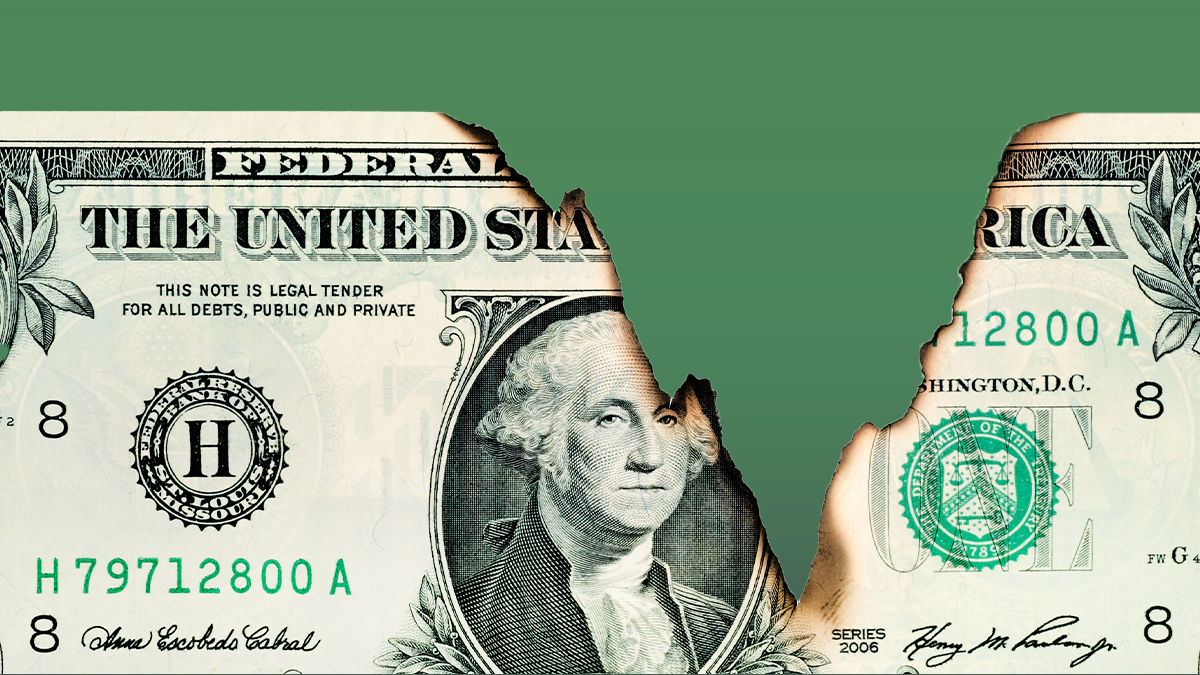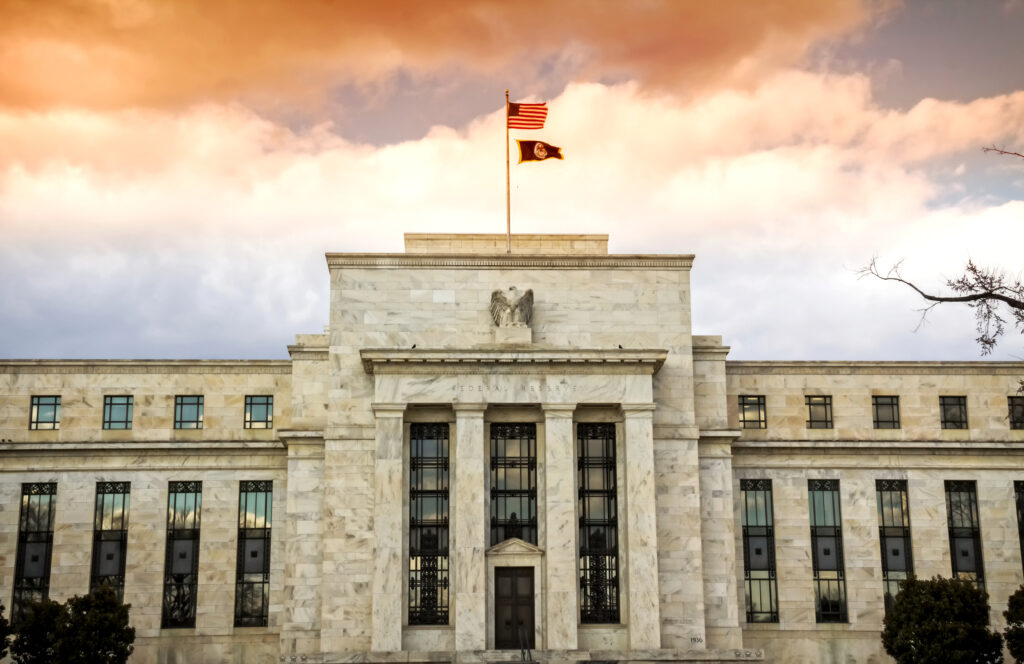Darius recently joined our friend Anthony Pompliano, where they discussed the impact of the recent port strike, the outlook for inflation, the national debt, and more.
If you missed the interview, here are the three most important takeaways from the conversation that have significant implications for your portfolio:
1. What Impact Will The Recent Port Strike Have On The Economy?
Many of the goods entering the country pass through the ports along the Gulf Coast, East Coast, and the Port of Long Beach. We believe the recent shutdowns at these ports are likely to cause a temporary stagflationary effect.
To track the potential impact on inflation, we monitor the ISM Manufacturing and Services PMIs, which include a subindex for slower supplier delivery times. Our research shows these delivery times surged during the pandemic and after the early 2021 Biden stimulus, but have since retreated, coinciding with a decline in core inflation.
However, with the port shutdowns – now scheduled to begin on January 15th – we expect delivery times to rise again, further contributing to the stickiness in inflation we are currently observing.
2. Is 3% Inflation The New 2%?
We first published our secular inflation model at the beginning of 2022, which predicts a higher underlying trend in core PCE inflation over the next decade.
From 2010 to 2019, the 10-year run rate of core PCE inflation was 1.6%. However, our model projects a range of 2.7% to 3.1% for 2020 to 2029.
We have maintained the view that the Federal Reserve is prioritizing financial and economic stability over strict adherence to its 2% inflation target. Inflation has effectively become the Fed’s third mandate, and we believe the Fed will ultimately tolerate a higher trend inflation rate over the next decade, likely around 3%, even if they do not officially adjust their target.
3. Do Both Political Parties Contribute To The Deficit?
Our deep dive into historical economic and policy dynamics reveals that both Republicans and Democrats have contributed to the national debt.
Since the post-war era, the growth rate of the national debt under both administrations has been roughly similar:
- After one year, median cumulative debt growth is 7% under Democrat Presidents and 6% under Republican Presidents.
- After two years, it is 10% for Democrats and 12% for Republicans.
- By the third year, both are around 22%.
- By the fourth year, Republicans outpace Democrats with 39% debt growth compared to 26%.
Whether through increased fiscal spending or tax cuts that widen the deficit, our research indicates that both parties are responsible for the unchecked growth of public debt in the United States.
In short, the data run counter to emotional narratives bandied about by the media (e.g., Fox News) and increases the probability the US experiences a fiscal crisis in this Fourth Turning Regime because it lowers the probability of fiscal austerity being implemented.
That’s a wrap!
By now, you’ve likely realized that piecing together an investment strategy from finance podcasts, YouTube videos, and macro “gurus” on 𝕏 is not delivering the results you know you deserve.
This kind of approach only leads to confusion from conflicting advice, frustration from mediocre returns, and stress from the emotional rollercoaster of your portfolio swings.
If you don’t change your process, how can you expect to get better results?
Over 2,000 investors around the world confidently make smarter investment decisions using our clear, actionable, and accurate signals—and as a result, they make more money.
If you are ready to join them, we are here to support you.
When you sign up, you’ll get immediate access to our premium research and signals—and if we’re not the right fit, you can cancel anytime without penalty.


